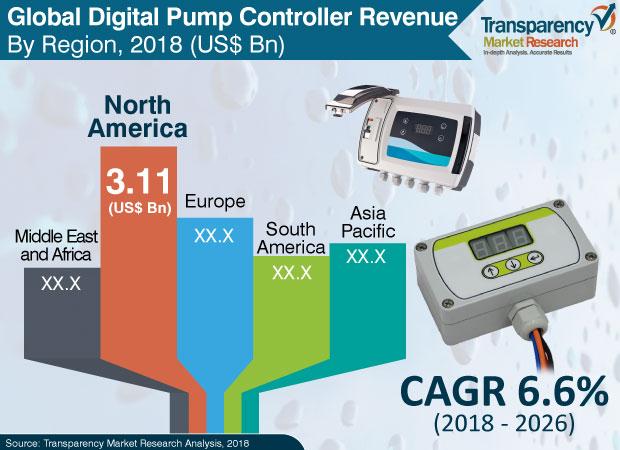With a big enough ratio of surface area to volume, a spacecraft could be propelled just by solar radiation pressure. That’s the basic idea behind a solar sail, a spacecraft that employs large, thin sails to boost its surface area to catch as much sunlight as possible.
For decades, solar sails were little more than notions, but in the last few years, both NASA and Japan’s space agency, JAXA, have successfully demonstrated the technology. The large sails remain folded during launch and are unfurled in space. Solar sails are difficult to deploy and are often quite delicate. Japan’s IKAROS spacecraft, which launched in 2010, used a 14-meter-wide polymer sail that was just 0.0075 millimeter thick.
If a Sprite could be made thin enough, then its entire body could act as a solar sail. We calculate that at a thickness of about 20 micrometers—which is feasible with existing fabrication techniques—a 7.5-mg Sprite would have the right ratio of surface area to volume to accelerate at about 0.06 mm/s2, maybe 10 times as fast as IKAROS. That should be enough for some interplanetary missions. If Sprites could be printed on even thinner material, they could accelerate to speeds that might even take them out of the solar system and on toward distant stars.
The low mass of Sprites should also allow them to harness the magnetic fields that surround planets and pervade the solar system. In this case, they’d be taking advantage of the Lorentz force, which bends the paths of charged particles that move in the presence of a magnetic field. Like radiation pressure, the Lorentz force dominates the dynamics of very small bodies. The effect is evident in pictures of the rings of Saturn, where sunlight and plasma have ionized dust particles. Saturn’s magnetic fields tug on these electrically charged particles, pulling them into streams or “spokes” that cut across the planet’s rings.
A Sprite would need an electric charge to take advantage of this property of electromagnetism. In Earth orbit, charging a Sprite could be as simple as establishing a potential, via a power supply, between two wires that extend from the chip; the plasma in Earth’s ionosphere would do the rest. Lightweight free electrons would quickly neutralize the Sprite’s positive wire, but the heavier and slower positively charged ions wouldn’t be able to discharge the negative wire as quickly, leaving the spacecraft with a net negative charge. This charge would be maintained as long as the Sprite continued to power the wires.
At Cornell, we have begun testing this charging process by exposing Sprite-size spheres to a stream of xenon plasma. The setup mimics conditions in Earth’s ionosphere, and our early results suggest that the charging technique will work. If it can be accomplished in Earth’s orbit, Lorentz propulsion could allow Sprites to rendezvous with other satellites without releasing exhaust plumes that could damage delicate equipment. Charged Sprites would also be able to change their orbital inclination, enabling the chips to enter an equatorial or polar orbit regardless of their original launch location. Sprites could also raise their orbits, to counteract the tug of Earth’s atmosphere, and they might even escape Earth’s gravity entirely if the charge is high enough.
A more spectacular application of Lorentz propulsion could turn Jupiter into a particle accelerator. Jupiter’s magnetic field is 20 000 times as powerful as Earth’s, and so a charged Sprite could use this magnetic field to accelerate itself in orbit around the planet. Once it reached speeds of a few hundred or thousand kilometers per second, the chip would turn off its supply of power to the wires. Jupiter’s magnetic fields would then no longer confine the spacecraft, and it would be flung out of its orbit and indeed out of the solar system.
Sprites may be able to accelerate fast enough to reach the nearest star system, Alpha Centauri, in a few hundred years. That might not seem impressive; the speedup process itself could take decades, and the Sprites would arrive beyond any of our lifetimes. But consider the alternative: Solar sails, which have long been considered for interstellar trips, would take at least a thousand years—and probably a lot longer—to make such a journey.
Interstellar exploration may be a long way off, but the idea of miniaturizing spacecraft isn’t speculative. Even as the largest spacecraft have been getting bigger, there has also been substantial interest and investment in smaller spacecraft. One of the most compact designs now in use is the CubeSat, an open-architecture, grapefruit-size spacecraft weighing no more than a kilogram. Dozens of CubeSat-based university research projects have now been launched into space.
The main advantage of a CubeSat is that it’s cheap to build and launch. And because multiple CubeSats can fit on the same rocket, the launch costs can be shared. This strategy has reduced the price tag of sending a payload into space to about US $100 000, a fraction of the cost of sending a traditional telecommunications satellite, weighing hundreds of kilograms, into orbit. Sprites will continue this trend, allowing tens of thousands of spacecraft to be launched for the price of a single CubeSat.
But spacecraft-on-a-chip projects have very different aims from those of CubeSat and other such efforts. Our main goals are to exploit the physics of small objects and the power of mass production. In that sense, Sprite represents a paradigm shift. Rather than hand building one-of-a-kind spacecraft, we envision constructing spacecraft on wafers in much the same way that common integrated circuits are made today. During fabrication, solar cells and other components would be incorporated with microelectromechanical systems techniques. Instead of exhaustively testing each part, as is done with current spacecraft, engineers will be able to monitor Sprite quality in a less labor-intensive fashion by using statistical process control, testing a few chips from each batch to make sure they meet specifications.
Of course, chip-scale spacecraft would have some downsides. Like larger satellites, out-of-commission Sprites would contribute to the growing collection of space junk until atmospheric drag brought them back to Earth. Fortunately, Sprites in low-Earth orbit should reenter within a few days. To make missions last longer, magnetic torque coils could help orient chips so that they fly edge-on around the planet. When a Sprite reached the end of its mission, this attitude control system would turn off and the chip would turn to orbit face-on, boosting the drag it experiences. Without a parachute, a 50-mg Sprite would burn up on reentry, but Sprites weighing closer to 5 mg could flutter back down to Earth intact.
Sprites will also be far more vulnerable to damage than present-day spacecraft. Because they are lightweight and have solar cells built directly on the chip, Sprites can’t be equipped with radiation shielding to protect their electronics. This lack of shielding also makes the chip more vulnerable to impacts with micrometeorites, which zip at high speed throughout the solar system. Sprites could compensate for these hazards through sheer numbers; missions could be designed so that a significant fraction of the chips could be lost without dooming the operation.
That’s a fundamentally different way to explore space. Right now, we invest hundred of millions and sometimes billions of dollars in one-off satellites that are meticulously designed to survive a range of contingencies. But if we allow some failure here and there, we will open up intriguing new possibilities for investigating the universe.
This article originally appeared in print as “Chips in Space.”
About the Author
Mason Peck is no stranger to unorthodox spacecraft designs. A professor of mechanical and aerospace engineering at Cornell University, he’s studied magnetic docking mechanisms and tractor beams. Read also : Ansys Introduces RaptorH to Accelerate 5G, High-Performance Computing, AI Design. He thinks that mass-produced spacecraft, each made of a single microchip, could be truly revolutionary. “They may be the way we’ll finally democratize space exploration,” Peck says.




